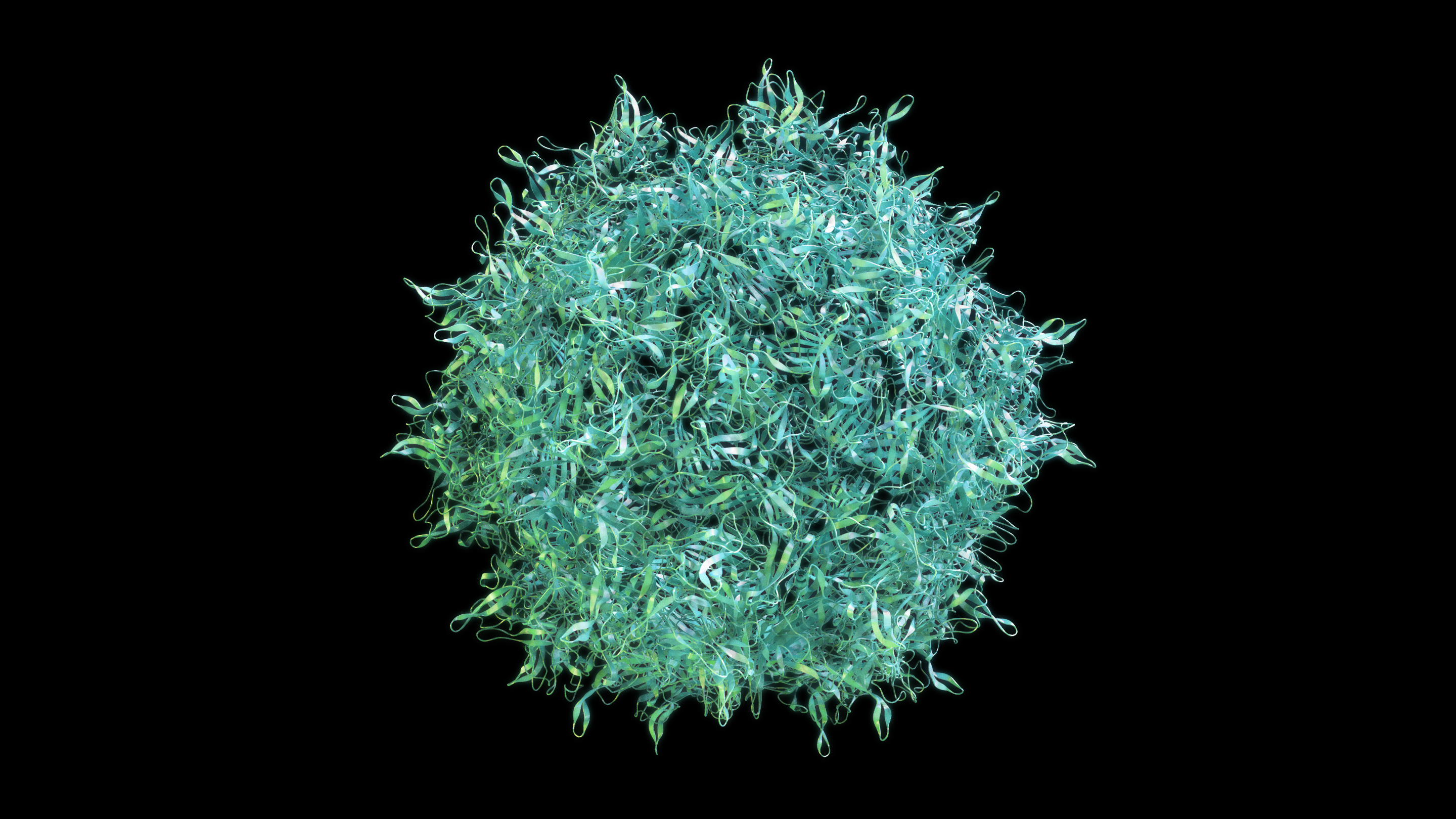
New treatments for the advanced form of dry age-related macular degeneration (AMD) are on the horizon. Learn about these new experimental drugs; novel mechanisms that are actively being studied regarding the development of macular degeneration; and helpful suggestions that might decrease your risk of progression to the late stage of this eye disease.
Patients often ask, “Do I have wet AMD?” In other words, are new blood vessels growing into the retina, causing harmful leakage of blood? If the answer is “yes,” then this form of macular degeneration can now be treated by injection of medicines such as Lucentis, Eylea, or Avastin into the eye. But, if the answer is “no,” and the patient has the dry form of AMD, what treatment options are then available? It all depends on whether the dry AMD is in the early or late stages.
Video: Dry Macular Degeneration
Early-Stage Dry AMD
Early dry AMD means the patient has drusen, little pebble-like deposits under the retina, and, in most cases, still has good vision. Late dry AMD, also called geographic atrophymeans that the photoreceptors (vision cells) have died in a specific region of the retina, and more are likely to die over the coming years, causing an expanding blind spot near the center of the visual field.
Fortunately, many patients with early AMD do not progress to late AMD. The risk of progression is determined by genetic factors, as well as diet, exercise, and smoking.
Decreasing Your Risk
It is very important to avoid or stop smoking, eat fatty fish like salmon, tuna, mackerel, or sardines twice a week, and eat lots of vegetables and some fruit. My brother David Dunaief, MD and I have studied the effects of a vegetable-rich diet including a daily smoothie, and published articles showing that it decreases levels of a blood test that measures inflammation, called C-reactive protein (CRP). This may decrease risk of AMD, as AMD is associated with high CRP, and systemic inflammation. More information about retrospective research results with this diet can be found at: https://www.medicalcompassmd.com/research.
Wearing sunglasses when outside may also be protective.
In addition, for patients with large or numerous drusen, vitamins designed according to the AREDS II trial decrease the risk of progression by 25%. If your ophthalmologist recommends taking them, be sure to look for “AREDS II formula” on the bottle in the drug store, as there are many different vitamins marketed for eye protection. One pill should be taken in the morning and one in the evening.
Further Resources on Reducing Risk of Macular Degeneration
- Smoking and Age-Related Macular Degeneration (Article)
- How to Choose the Right Sunglasses (Article)
- Prevention of Age-Related Macular Degeneration (Article)
- Why is My Doctor Always Talking About “Drusen”? (Article)
- Are You Getting What You Need From Your AREDS Supplements? (Science News)
Late-Stage Dry AMD
The first treatment for geographic atrophy was approved in February 2023; there are several other promising treatments in clinical trials. BrightFocus is funding innovative research into new drugs and ways to manage and treat this complex form of AMD.
Targeting the Immune System
Both genetic and biochemical evidence indicate that the complement system (part of the immune system) is involved in AMD. While two phase III trials by Genentech targeting the complement protein called factor D in geographic atrophy patients recently failed, a phase II trial by Apellis targeting a different complement protein called C3 showed promising results.
Some other drugs in clinical trials for geographic atrophy include the complement inhibitor Zimura, which inhibits a different complement protein called complement factor 5. Like Lampalizumab, this treatment is injected into the eye.
Targeting Inflammation
There is also an oral drug called Oracea, the antibiotic doxycycline. It has anti-inflammatory activities that may be beneficial for patients with geographic atrophy.
Another orally administered pill just entering clinical trials is the antioxidant lipoic acid, and this study is funded in part by BrightFocus Foundation. This drug was able to protect mice against retinal degeneration in my lab, and is retina-protective in several other preclinical models.
Other Promising Avenues
Research on AMD continues to increase understanding of the disease and identify promising new drugs for testing in clinical trials. Several other mechanisms are actively being studied regarding the development of macular degeneration:
- The inflammasome is a protein complex that can promote harmful inflammation and even retinal cell death.
- Oxidative stress can be caused by bright light, antioxidant deficiency in a poor diet, and too much iron in the retina. Oxidative damage occurs when our bodies produce very reactive molecules that can adversely interact with other molecules inside of our cells. The resulting “inflammation” can contribute to a number of age-related diseases, including age-related macular degeneration.
- A recent preliminary study showed that a statin drug, which inhibits cholesterol synthesis, could decrease the number of drusen in some patients.
- In an approach to limit the toxic byproducts of vision cells, an oral drug called ALK-001 is being tested in phase III clinical trials for GA. This drug is a modified (deuterated) version of vitamin A that inhibits formation of the toxic byproduct A2E.
Summary
Given the number of new important discoveries about the mechanisms of AMD, and the results of some promising early-stage clinical trials, it is likely that within the next few years we will have new treatments for AMD that reduce the risk of vision loss.
About BrightFocus Foundation
BrightFocus Foundation is a premier global nonprofit funder of research to defeat Alzheimer’s, macular degeneration, and glaucoma. Since its inception more than 50 years ago, BrightFocus and its flagship research programs—Alzheimer’s Disease Research, Macular Degeneration Research, and National Glaucoma Research—has awarded more than $300 million in research grants to scientists around the world, catalyzing thousands of scientific breakthroughs, life-enhancing treatments, and diagnostic tools. We also share the latest research findings, expert information, and resources to empower the millions impacted by these devastating diseases. Learn more at brightfocus.org.
Disclaimer: The information provided here is a public service of BrightFocus Foundation and is not intended to constitute medical advice. Please consult your physician for personalized medical, dietary, and/or exercise advice. Any medications or supplements should only be taken under medical supervision. BrightFocus Foundation does not endorse any medical products or therapies.
- Dry AMD
- Eye Health
- Risk Factors
- Treatments









